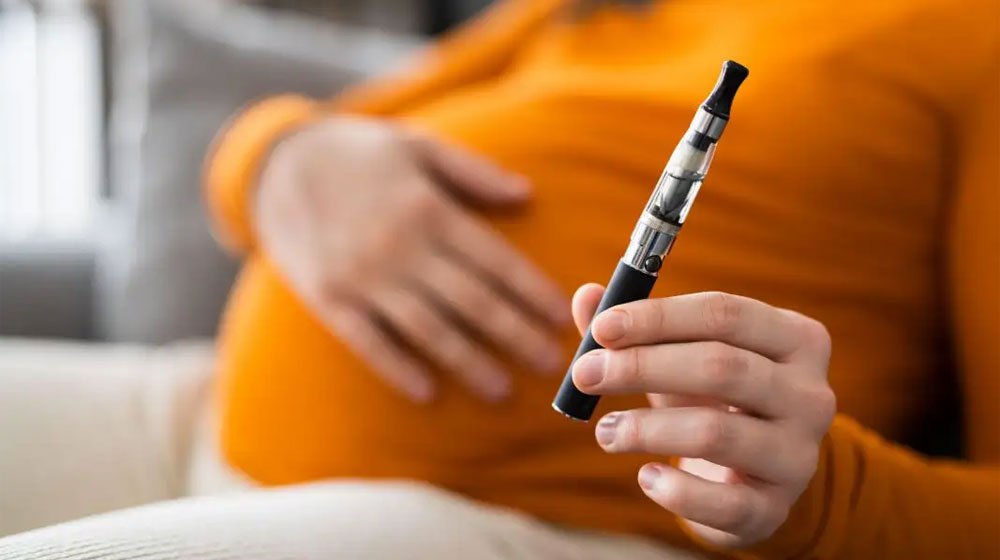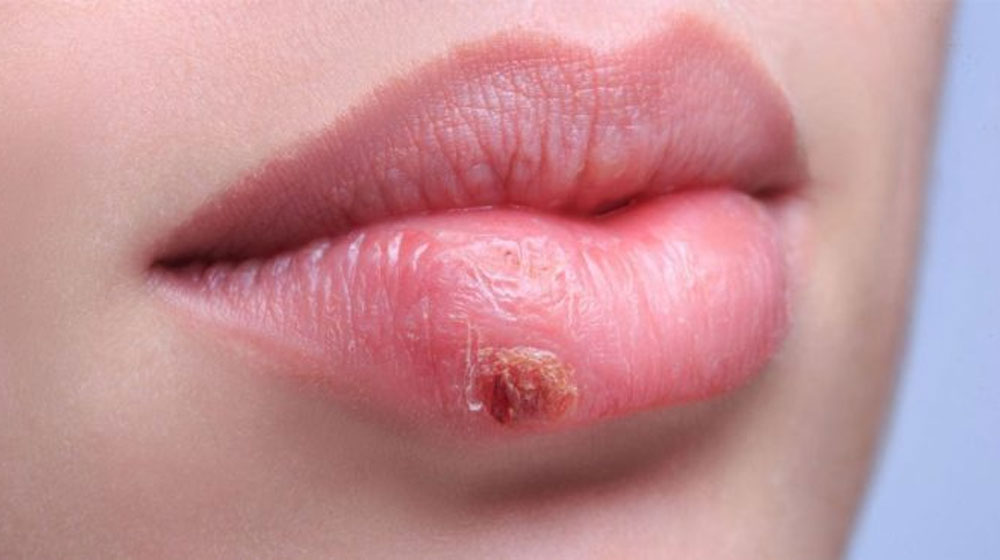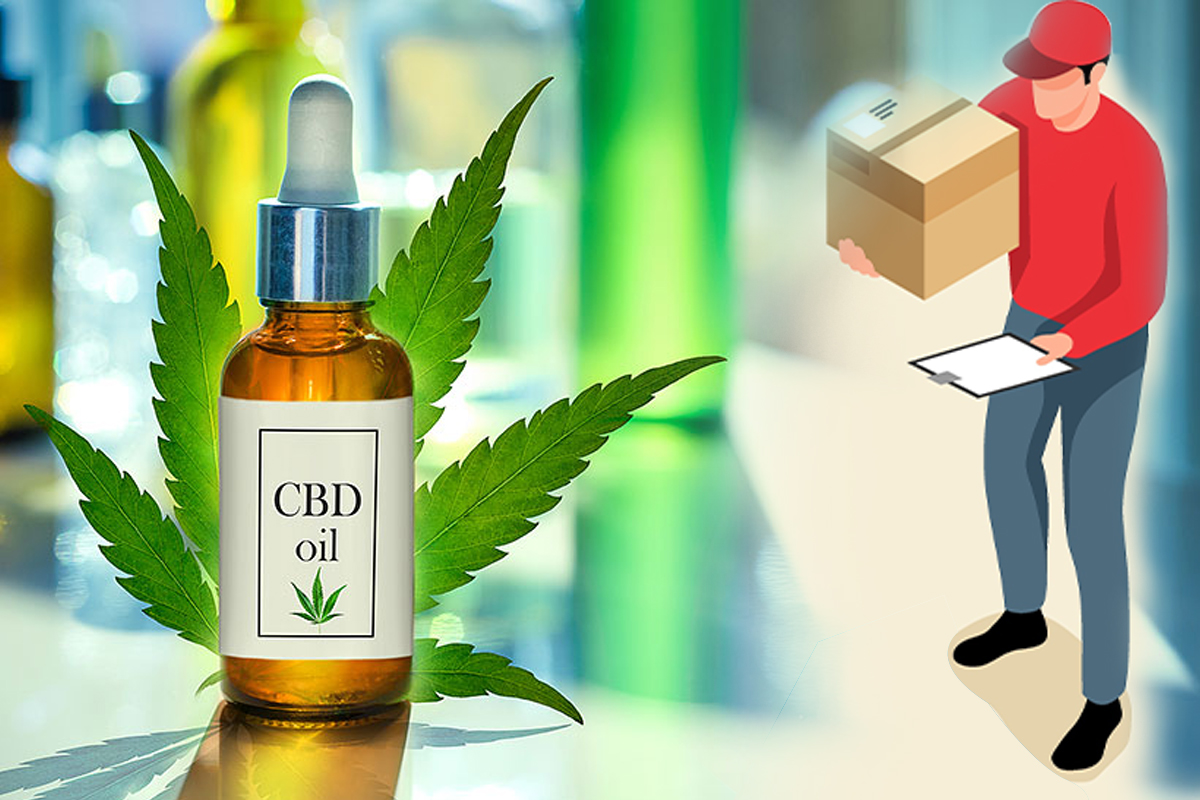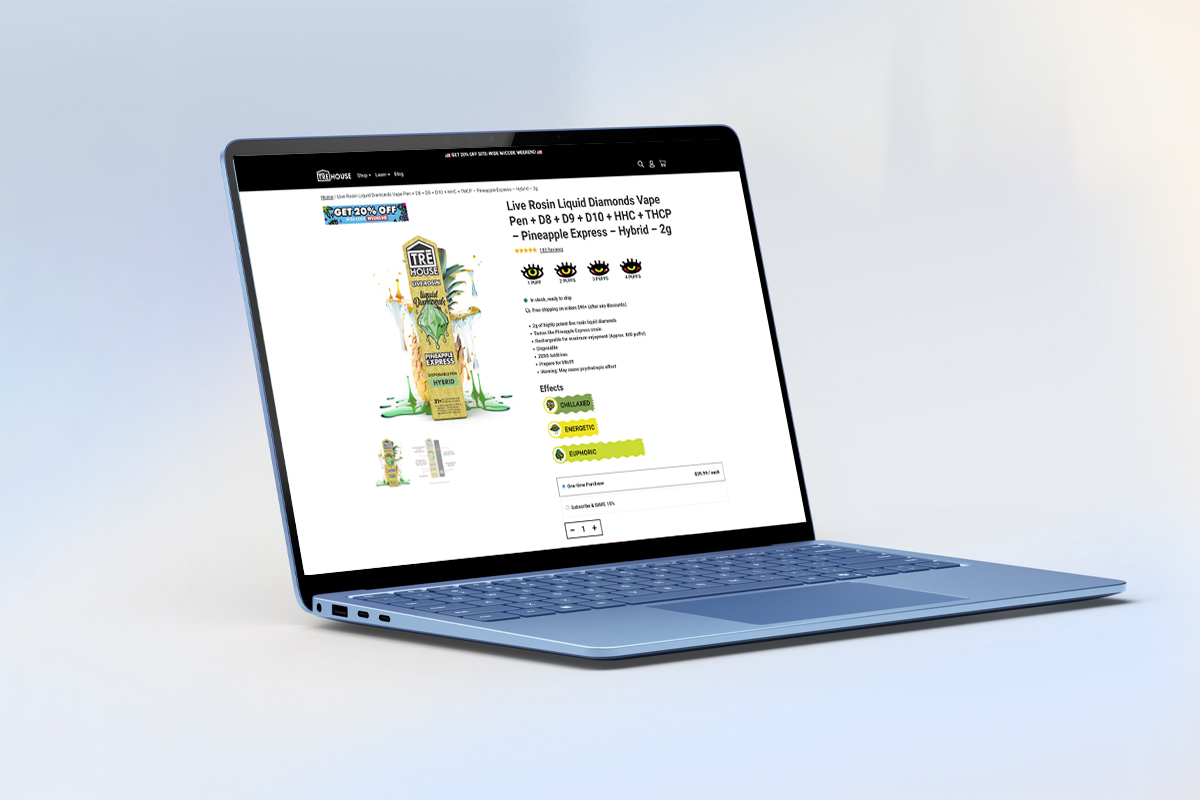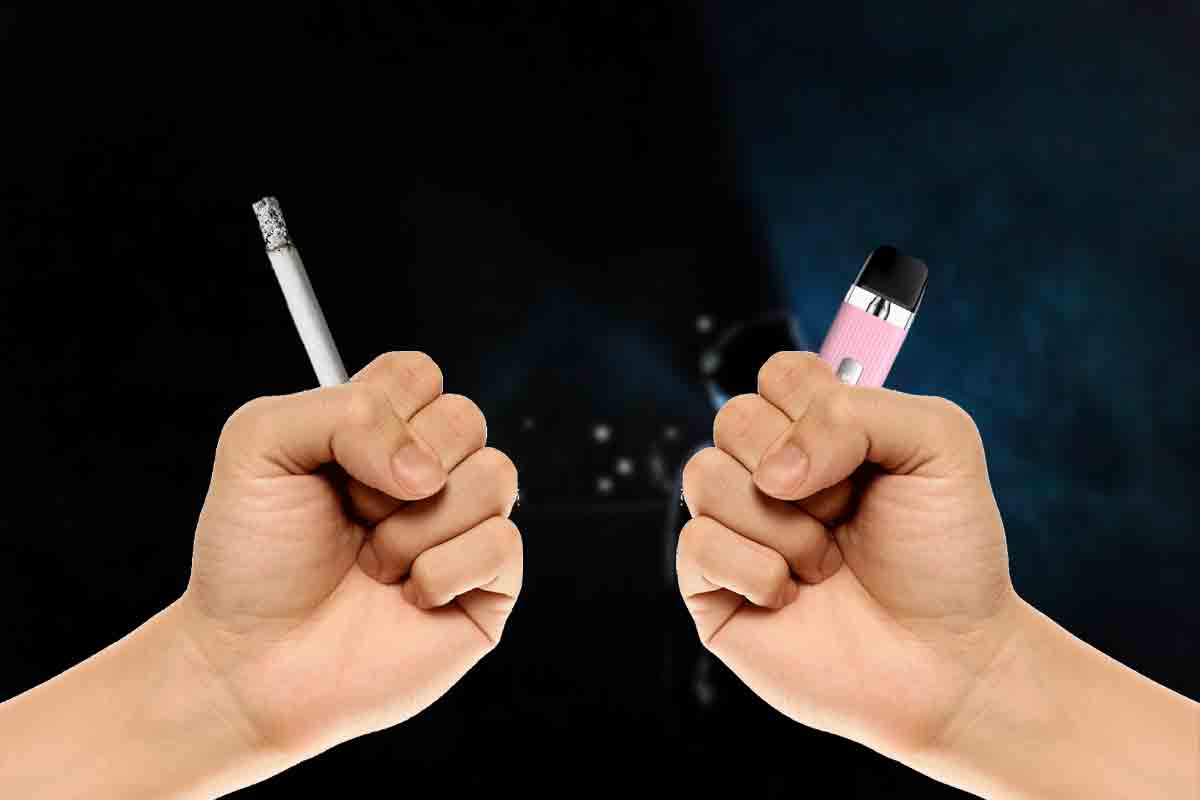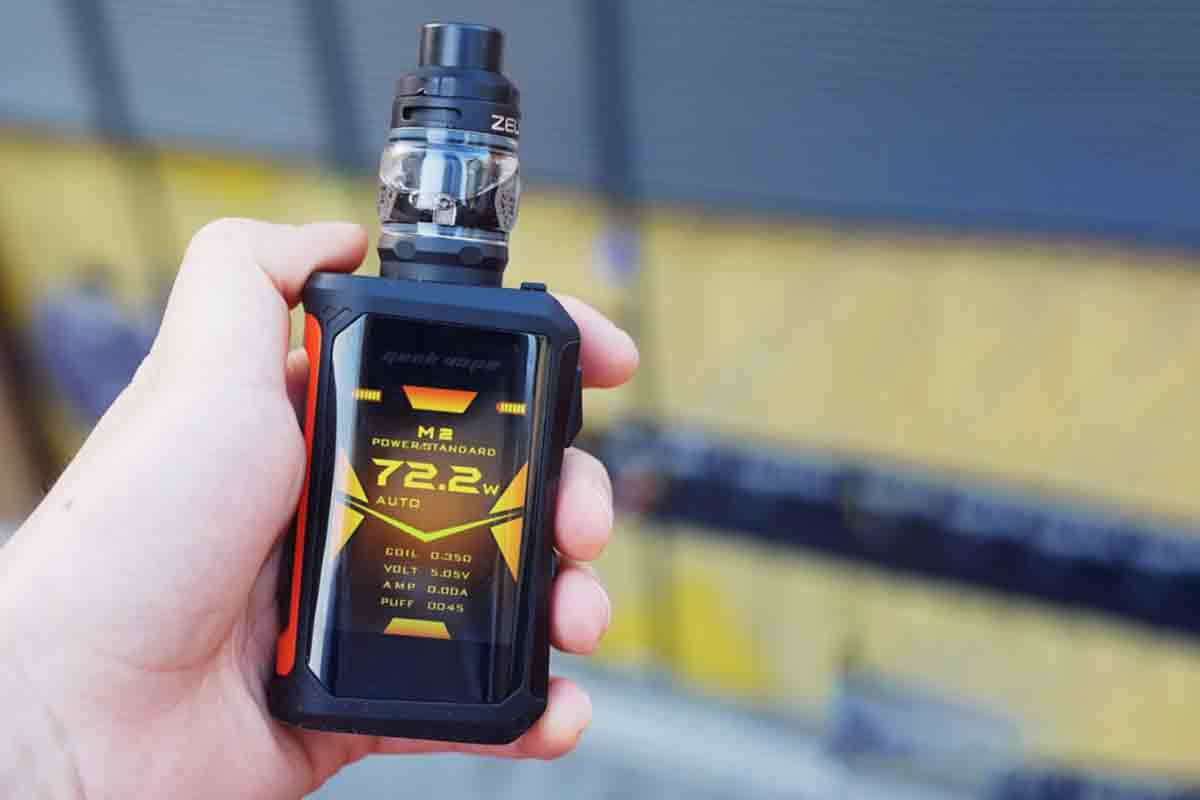Can You Vape While Breastfeeding?
The Safety of Vaping During Breastfeeding
When it comes to vaping while breastfeeding, many mothers are unsure of the potential risks and safety concerns. While vapes are generally considered safer than traditional cigarettes, it’s important to understand the potential effects on breastfeeding and your baby.
Research on the long-term effects of vaping during breastfeeding is limited, but we do know that vapes contain nicotine, which can be absorbed into your bloodstream when you vape. Nicotine in your bloodstream can affect both the supply and composition of your breast milk. It may disrupt your baby’s sleep patterns and have other potential effects.
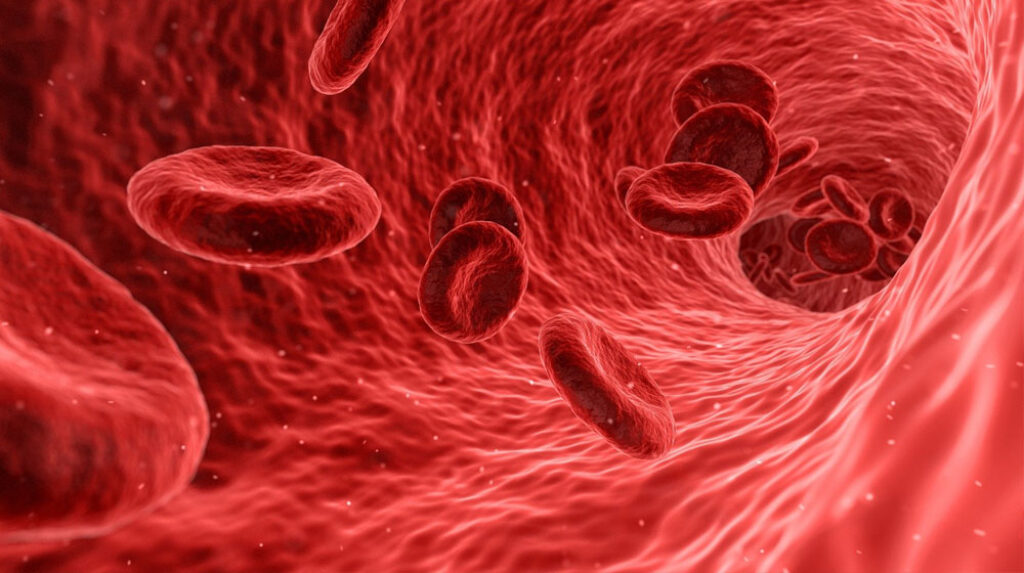
In addition to nicotine, vapes also contain other ingredients such as glycerol, propylene glycol, and flavorings. While we don’t have specific information on the impact of these ingredients on breastmilk, studies suggest that some flavorings may trigger an inflammatory response in white blood cells.
Although the overall safety of vaping while breastfeeding is still uncertain, experts agree that if vaping is helping you quit smoking, it is a better option than smoking traditional cigarettes. The benefits of breastfeeding outweigh any potential harm from vaping.
To minimize the potential risks to your baby, it is recommended to vape after you have fed your baby. This allows for a longer gap between vaping and breastfeeding, reducing the amount of nicotine in your breast milk. It’s also advisable to vape outdoors and away from your baby to minimize their exposure to any toxins.
If you are considering vaping while breastfeeding, it is important to discuss your options with your healthcare provider. They can provide guidance and support to help you make the best decision for you and your baby.
Remember, quitting nicotine altogether is still the best option for both you and your baby. If you need help quitting vaping, there are resources available such as smoking cessation advice from your GP or helplines dedicated to helping people quit smoking.
In conclusion, while the safety of vaping during breastfeeding is not yet fully understood, it is important to weigh the potential risks and benefits. Consulting with healthcare professionals and exploring alternative methods to quit vaping can help you make an informed decision for the health and well-being of both you and your baby.
Potential Risks and Concerns
While vaping may be considered a safer alternative to smoking cigarettes during breastfeeding, it is important to be aware of the potential risks and concerns associated with vaping. Although vapes have fewer toxins and lower levels of toxins than tobacco cigarettes, the long-term effects of vaping are still not fully understood.
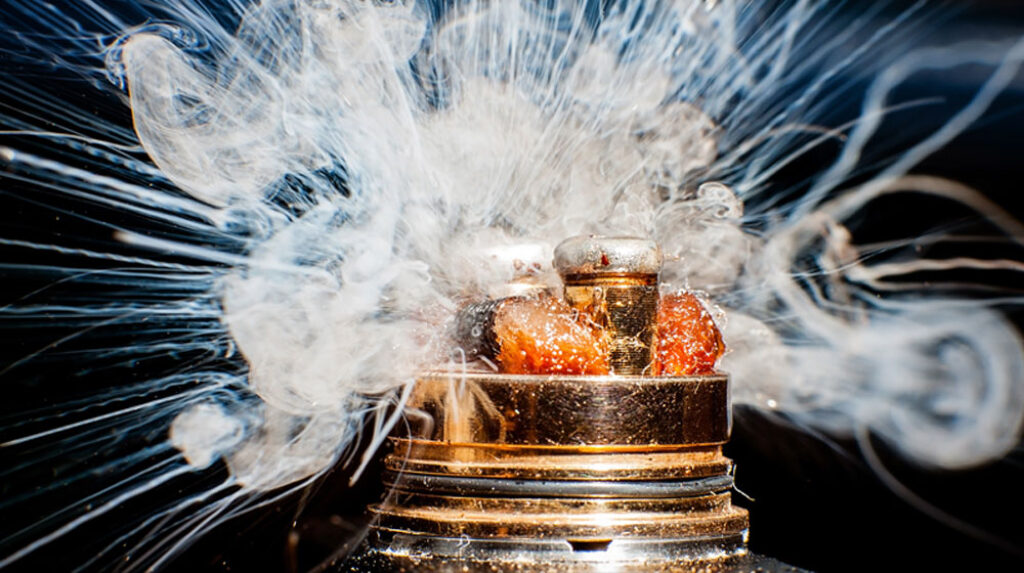
One of the main concerns is the presence of nicotine in vapes. Nicotine can pass into breast milk and potentially affect your baby. It can disrupt their sleep patterns and may have other harmful effects on their development. Additionally, nicotine can lower the levels of prolactin, a hormone that stimulates breast milk production, which could potentially impact your milk supply.
In addition to nicotine, vapes contain other ingredients such as glycerol, propylene glycol, and flavorings. While we don’t have enough research to determine the specific impact of these ingredients on breast milk, it is important to consider their potential effects on both you and your baby.
Another concern is the potential for passive vaping. Although the amount of nicotine and other toxins exhaled during vaping is minimal, the long-term effects of passive vaping on babies are still unknown. To minimize the risk, it is recommended to vape outdoors and away from your baby.
It is important to note that the current advice from Public Health England is that if you are using vapes to quit smoking, it is still better to continue breastfeeding as the overall benefits of breastfeeding outweigh the potential harm from vaping. However, it is always recommended to discuss your options with your healthcare provider to determine the best course of action for you and your baby.
Remember, the information provided here is based on the available knowledge and research, but it is always important to stay informed and consult with healthcare professionals for personalized advice.
Nicotine and Breast Milk
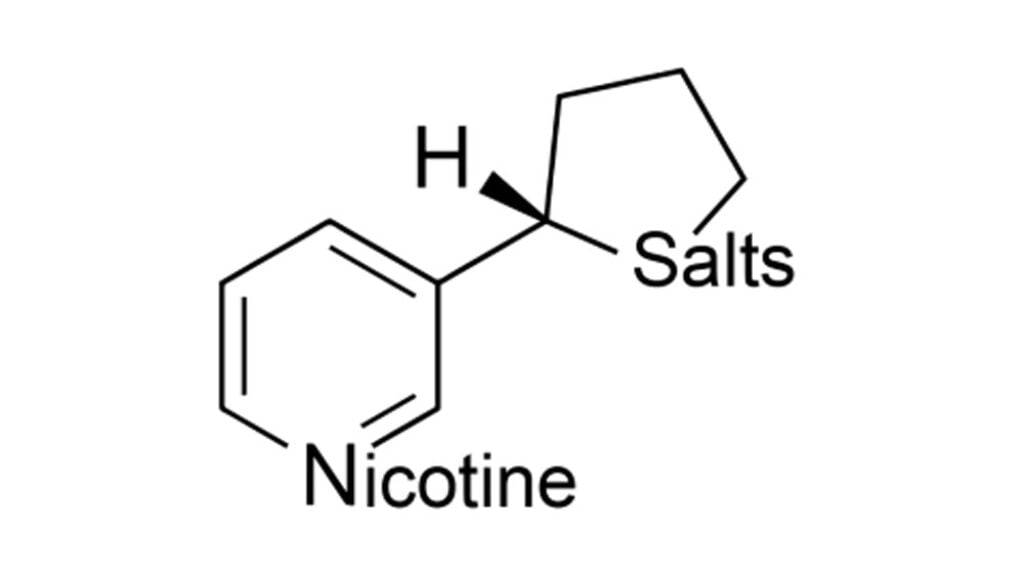
When it comes to vaping while breastfeeding, one of the main concerns is the presence of nicotine in breast milk. Nicotine is known to pass into breast milk, and the effects of this on the baby are still not fully understood. While vaping does contain nicotine, it is important to note that the amount of nicotine that passes to the baby through breast milk is generally much less than the amount absorbed by the mother when vaping.
Research has shown that nicotine can affect the composition of breast milk and potentially impact the milk supply. It has been found to lower the levels of a hormone called prolactin, which is responsible for stimulating milk production. This means that having nicotine in your bloodstream could potentially affect your milk supply.
Furthermore, nicotine has been shown to have other harmful effects, such as narrowing blood vessels in adult smokers. While the same effect could potentially occur in babies exposed to nicotine through breast milk, the amount of nicotine they receive is significantly less than what the mother inhales when vaping.
To minimize the risk of exposing your baby to nicotine, it is recommended to vape after you have fed your baby. This allows for a longer period of time for the nicotine to be metabolized and eliminated from your body before breastfeeding again. It is also advisable to vape outside and away from your baby, as the long-term effects of passive vaping on infants are still unknown.
While more research is needed to fully understand the effects of vaping on breastfeeding, it is always best to discuss any concerns or questions with your healthcare provider. They can provide personalized advice and support to help you make an informed decision about vaping while breastfeeding.
Recommendations for Vaping and Breastfeeding
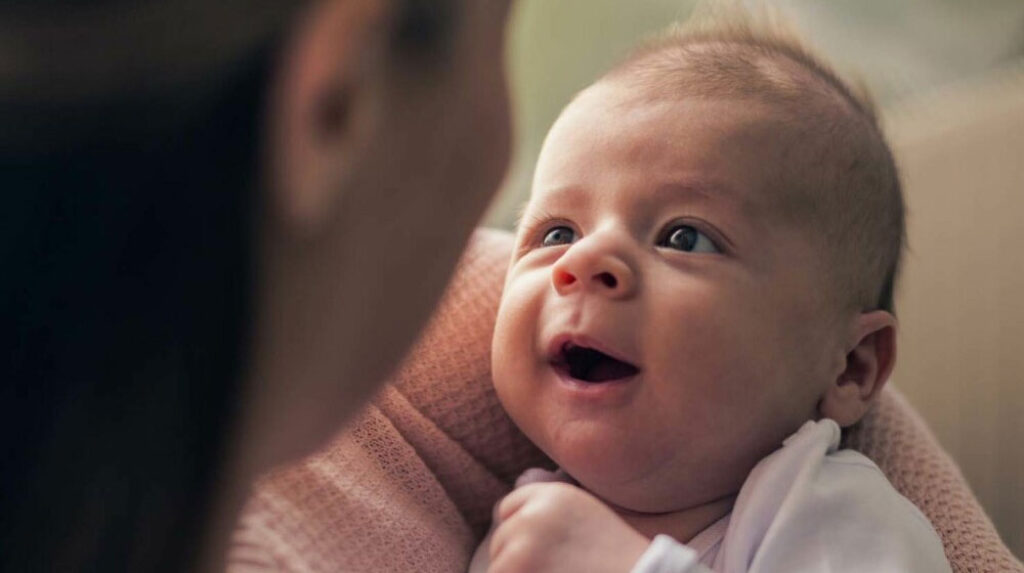
When it comes to the question of whether or not you can vape while breastfeeding, the research is limited and the experts have varying opinions. However, there are some recommendations that can be made based on the available information.
First, it’s important to remember that nicotine in any amount is unsafe for babies. For the health and well-being of you and your baby, quitting e-cigarettes is highly recommended.
If you do choose to vape while breastfeeding, there are some steps you can take to minimize the potential risks. It is recommended to breastfeed your baby prior to vaping, as this can help minimize the amount of nicotine in your breast milk. You can also modify the amount of nicotine you vape and how frequently, in order to reduce the exposure to your baby.
It is important to be mindful of the potential effects of nicotine on your baby’s development, as well as the risk of respiratory issues and infections. Vaping outside and away from your baby can help minimize their exposure to secondhand vapor.
Additionally, seeking support and resources for quitting vaping is highly recommended. There are various programs and services available that can provide guidance and assistance in quitting vaping, such as the NHS Smokefree service.
Ultimately, the decision to vape while breastfeeding is a personal one, but it is important to prioritize the health and well-being of both you and your baby. Consulting with your healthcare provider can also provide valuable insight and guidance tailored to your specific situation.
Support and Resources for Quitting Vaping
If you are a breastfeeding mother who wants to quit vaping, there are various support and resources available to help you on your journey. Quitting vaping can be challenging, but with the right support, you can successfully kick the habit and provide a healthier environment for your baby.
Talk to your healthcare provider: Your doctor, midwife, or health visitor can provide guidance and support tailored to your specific situation. They can offer advice on quitting strategies, recommend nicotine replacement therapies, and refer you to local smoking cessation services.
NHS Smokefree: The NHS provides a dedicated Smokefree service that offers free support and resources to help individuals quit smoking or vaping. They offer personalized quit plans, online support, and a helpline that you can call for additional assistance.
Online communities and forums: Joining online communities and forums can provide you with a supportive network of individuals who are going through similar experiences. These platforms allow you to share your journey, ask questions, and receive advice from others who have successfully quit vaping while breastfeeding.
Nicotine replacement therapies (NRT): Nicotine replacement therapies, such as patches or gums, can help reduce cravings and withdrawal symptoms associated with quitting vaping. These products provide a controlled dose of nicotine without the harmful chemicals found in vapes.
Behavioral support: Consider seeking behavioral support from a counselor or therapist who specializes in addiction. They can help you develop coping strategies, address underlying triggers, and provide ongoing support throughout your quitting journey.
Remember, quitting vaping is a personal decision, and it’s important to find a method that works best for you. Reach out to the available support and resources to increase your chances of success and provide a healthier environment for both you and your baby.


